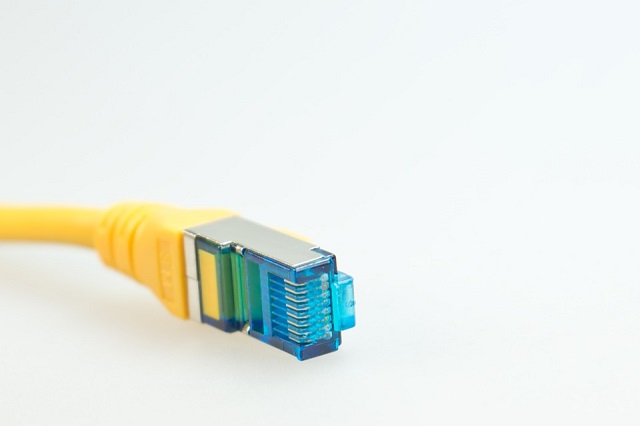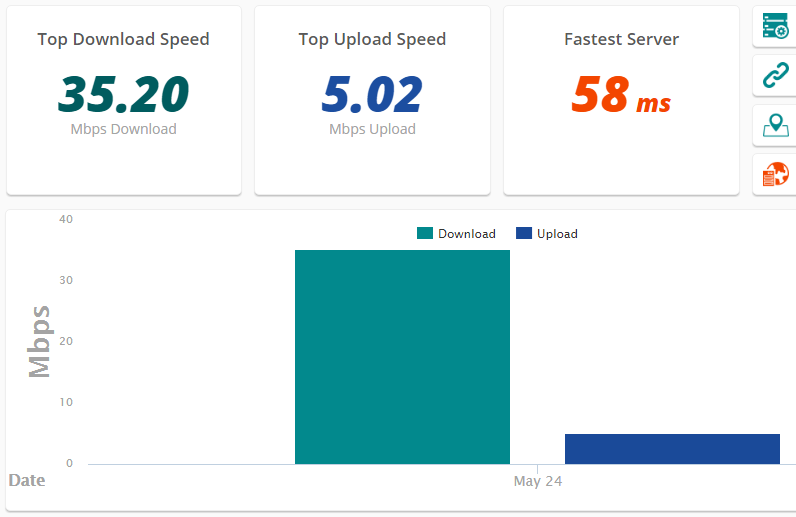 Nowadays, choosing the internet connection type truly is one of the most important factor you need to account for when running a small business of any kind. Being offline is like being in the dark for most types of business out there, from retail to utility.
Nowadays, choosing the internet connection type truly is one of the most important factor you need to account for when running a small business of any kind. Being offline is like being in the dark for most types of business out there, from retail to utility.
The fact is that 78% of U.S. residents have a social media profile. An even more impressive stat is that U.S. ecommerce sales in 2015 have reached 1.5 trillion dollars. Both of these statistics only support the claim that having an online presence of any kind is an imperative in 2016 and beyond.
For any kind of web presence it is essential that you have a quality internet connection. Whether for social media management, customer support, website management and maintenance, etc. However, not only quality is important but the speed of download and upload as well, which you can confirm by taking internet speed test during high usage. If you see bottlenecks while doing the measuring, you will have to consider upgrading your internet plan.
Getting a fiber optic internet is surely one of the smartest decisions you can make. It may be costly, but it has the best download/upload ratio and can support more users in cheaper plans. The prices for the fiber optic range from $70 to $200, and the speeds vary from 15 Mbps up to 150 Mbps or more in some places. Depending on the number of simultaneous users and the type of your business, usual needs per user are from 2 Mbps up to 5 or 6 Mbps.
The problem with the fiber optic internet is its coverage. Only about 30% of the U.S. is covered with fiber optic which is far from ideal, and the chances are you might not have this type of internet as an option at all.

On the other hand, connection types like DSL or Cable have been commercially available longer than fiber internet and thus the situation with coverage is far better.
Cable internet has a bit of an advantage over DSL because of better speeds. They can go up to 100 Mbps for download and 10 Mbps for upload, enabling up to 20 simultaneous users. Business users’ prices range from $60 to $300+ USD.
The only drawback of cable connection is that it shares bandwidth with other users in your neighborhood, so speeds may downgrade during peak usage times.
DSL is the slowest in this three-horse race, but it is certainly one of the most reliable connection types. Unlike fiber, it has far better coverage as it depends on your landline phone and, opposing to cable, it doesn’t share bandwidth with other users. DSL can reach speeds of up to 50 Mbps for download and 3 Mbps for upload. This means that if you plan on uploading large files, DSL simply won’t do the work for you.
We’ve presented you with 3 connection types with the biggest overall coverage. Choosing between any of them is purely situational. If you have a high number of employees, which spend a lot of bandwidth, fibre optic has no alternative. If you don’t see yourself in that group of demanding users, either of the remaining two options are quite satisfactory. Just bare in mind that Cable has double the speeds of DSL and DSL is just a tad more stable.